Moscow: U.S. spy satellite plan "cover"
Russia accused the U.S. of using a plan to shoot down a spy satellite as a cover for testing an anti-satellite weapon.
Sunday, 17.02.2008.
11:08

Russia accused the U.S. of using a plan to shoot down a spy satellite as a cover for testing an anti-satellite weapon. The U.S. said last week that it would use a missile to destroy the satellite, to stop it from crash landing. Moscow: U.S. spy satellite plan "cover" Officials say the satellite contains hazardous fuel which could kill humans. But Russia's defense ministry said the U.S. planned to test its "anti-missile defense system's capability to destroy other countries' satellites". The U.S. says the satellite lost power and communications shortly after it was launched in December 2006 and is now uncontrollable. It says the satellite is carrying more than 454kg of hydrazine fuel in a tank which would survive re-entry, and the substance could be released as a toxic gas if the satellite crash landed. The Pentagon said on Saturday that the window for the operation would begin on Wednesday, when the space shuttle Atlantis ended its current mission. But Russia's defense ministry said the U.S. had not given enough information on the reasons for the decision. "Speculations about the danger of the satellite hide preparations for the classical testing of an anti-satellite weapon," a statement reported by Itar-Tass news agency said. "Such testing essentially means the creation of a new type of strategic weapons," it added. "The decision to destroy the American satellite does not look harmless as they try to claim, especially at a time when the U.S. has been evading negotiations on the limitation of an arms race in outer space," the statement continued. The Russian defense ministry argued that various countries' spacecraft had crashed to Earth in the past, and many countries used toxic fuel in spacecraft, but this had never before merited such "extraordinary measures". The broken satellite had been predicted to reach the top of the Earth's atmosphere towards the end of February or early March and officials could not predict where it would land. A U.S. general said on Thursday that exposure to the hydrazine would have similar effects to inhaling chlorine or ammonia - a burning sensation in lungs and, if too close and too much, then possibly death. He said that blowing the satellite up would disperse the hydrazine in space, leaving only small-scale satellite debris to fall harmlessly to Earth. The Pentagon says it plans to shoot down the satellite using a modified missile from a U.S. Navy ship in the Pacific. Last year, China carried out a test using a ground-based ballistic missile to destroy a satellite in space, prompting international alarm and fears of a space arms race. On Thursday, U.S. General James Cartwright said there was no parallel with Beijing's actions as the Chinese satellite had been much further out from Earth, meaning its debris could be floating around for decades, endangering spacecraft. He also denied claims that the main aim was to destroy secret parts. Gen Cartwright said confidential components would be burned up in the atmosphere and, in any case, that would not be a reason for shooting down the satellite.
Moscow: U.S. spy satellite plan "cover"
Officials say the satellite contains hazardous fuel which could kill humans.But Russia's defense ministry said the U.S. planned to test its "anti-missile defense system's capability to destroy other countries' satellites".
The U.S. says the satellite lost power and communications shortly after it was launched in December 2006 and is now uncontrollable.
It says the satellite is carrying more than 454kg of hydrazine fuel in a tank which would survive re-entry, and the substance could be released as a toxic gas if the satellite crash landed.
The Pentagon said on Saturday that the window for the operation would begin on Wednesday, when the space shuttle Atlantis ended its current mission.
But Russia's defense ministry said the U.S. had not given enough information on the reasons for the decision.
"Speculations about the danger of the satellite hide preparations for the classical testing of an anti-satellite weapon," a statement reported by Itar-Tass news agency said.
"Such testing essentially means the creation of a new type of strategic weapons," it added.
"The decision to destroy the American satellite does not look harmless as they try to claim, especially at a time when the U.S. has been evading negotiations on the limitation of an arms race in outer space," the statement continued.
The Russian defense ministry argued that various countries' spacecraft had crashed to Earth in the past, and many countries used toxic fuel in spacecraft, but this had never before merited such "extraordinary measures".
The broken satellite had been predicted to reach the top of the Earth's atmosphere towards the end of February or early March and officials could not predict where it would land.
A U.S. general said on Thursday that exposure to the hydrazine would have similar effects to inhaling chlorine or ammonia - a burning sensation in lungs and, if too close and too much, then possibly death.
He said that blowing the satellite up would disperse the hydrazine in space, leaving only small-scale satellite debris to fall harmlessly to Earth.
The Pentagon says it plans to shoot down the satellite using a modified missile from a U.S. Navy ship in the Pacific.
Last year, China carried out a test using a ground-based ballistic missile to destroy a satellite in space, prompting international alarm and fears of a space arms race.
On Thursday, U.S. General James Cartwright said there was no parallel with Beijing's actions as the Chinese satellite had been much further out from Earth, meaning its debris could be floating around for decades, endangering spacecraft.
He also denied claims that the main aim was to destroy secret parts.
Gen Cartwright said confidential components would be burned up in the atmosphere and, in any case, that would not be a reason for shooting down the satellite.


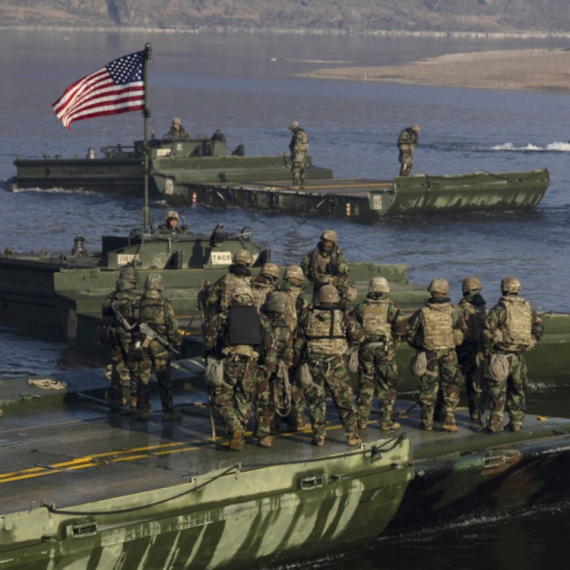
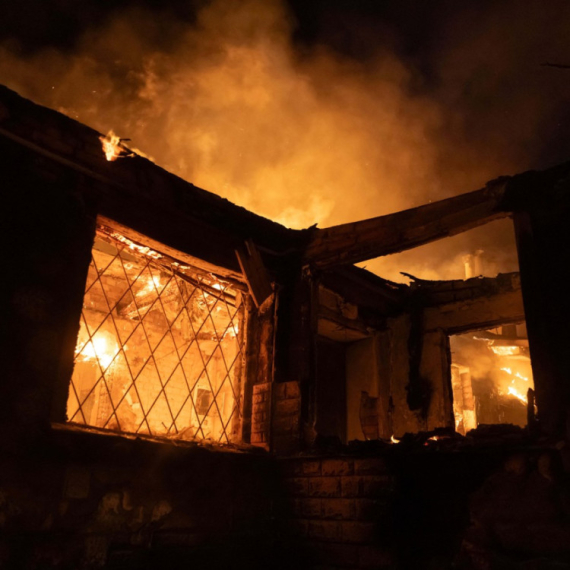
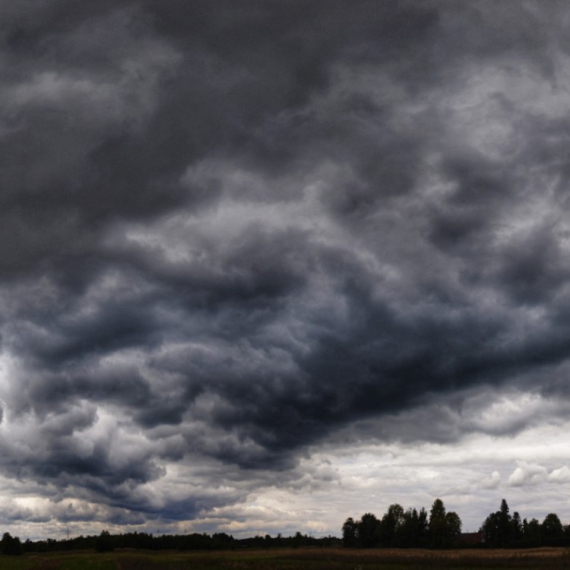
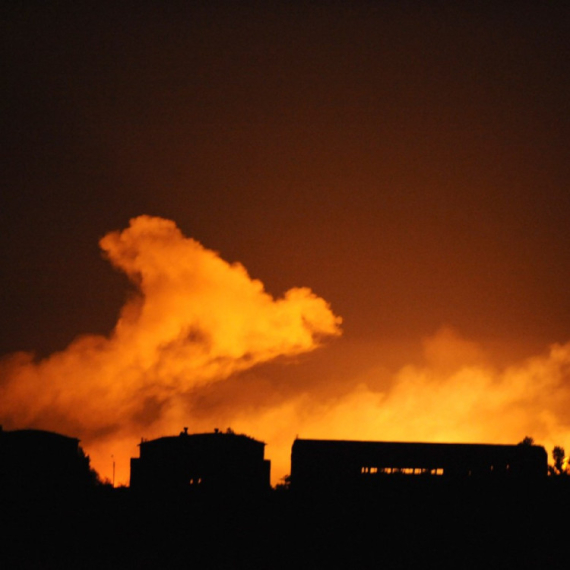








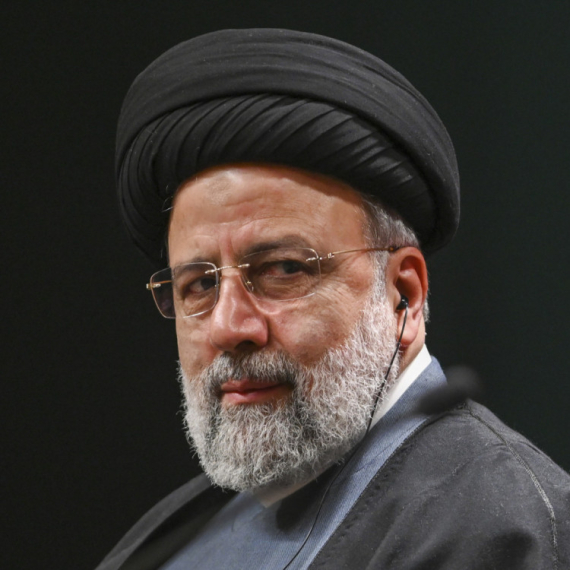
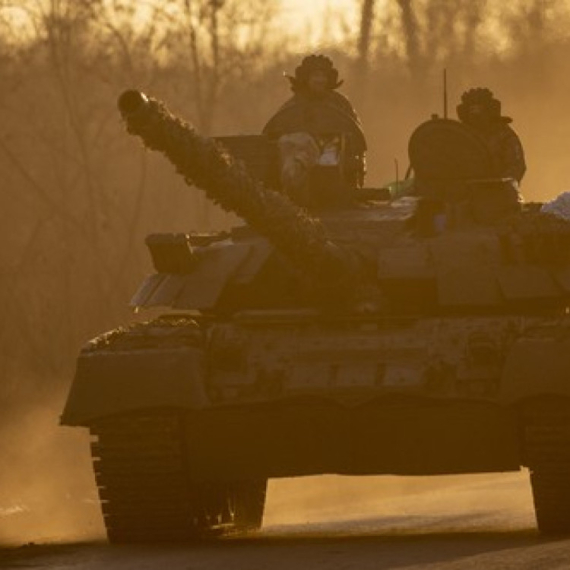






















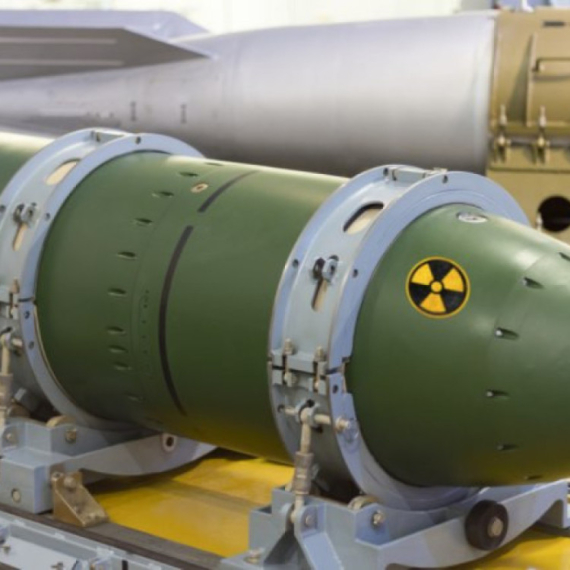






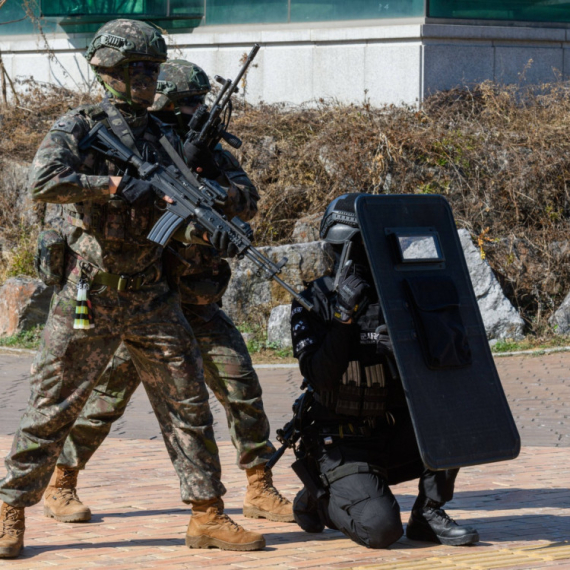






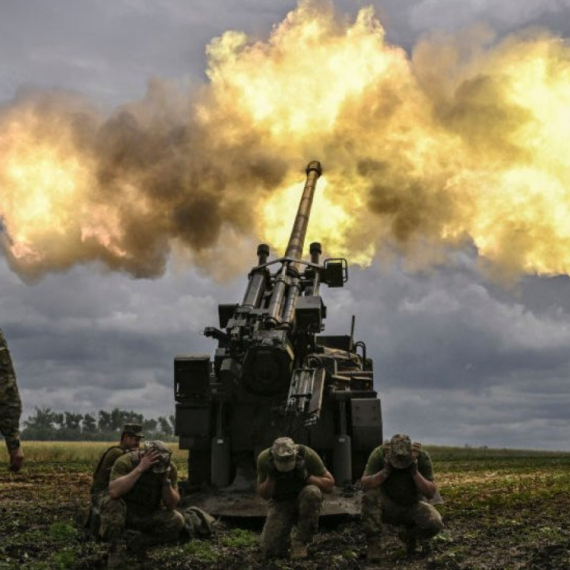



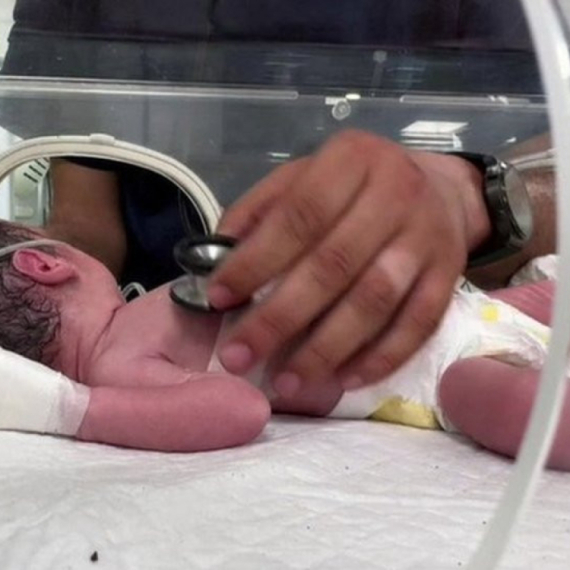

Komentari 0